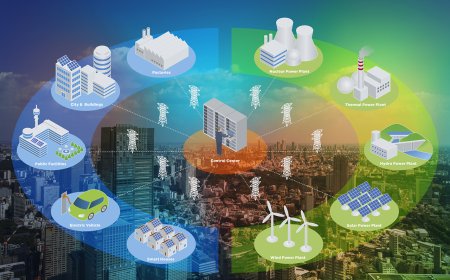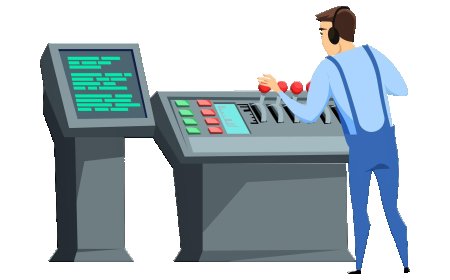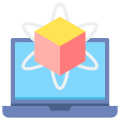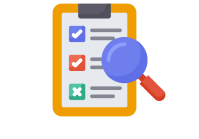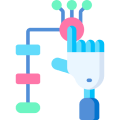- Identify and describe the operation of different electrical machines: induction, synchronous, DC, and stepper motors, and generators.
- Operate and test virtual models of motors and generators, analyzing performance characteristics and operational behavior.
- Understand and apply control methods such as Variable Frequency Drives (VFDs) and soft starters for motor speed and torque control.
- Analyze torque-speed curves and determine the relationship between motor performance, efficiency, and load conditions.
- Apply techniques to improve system efficiency by analyzing and implementing power factor correction strategies.
imaginX is used by many amazing schools and universities
University / College

